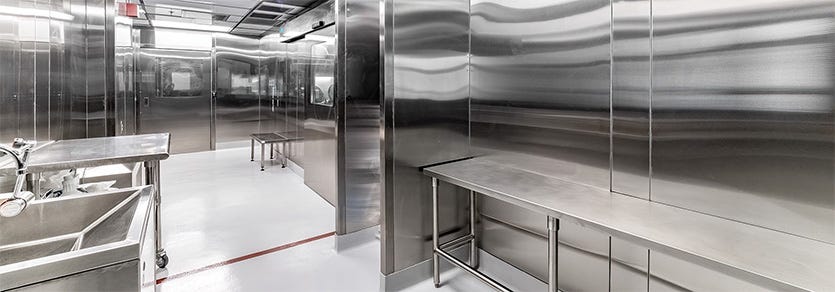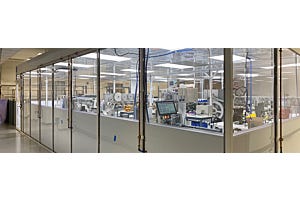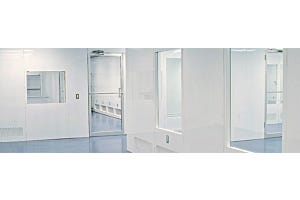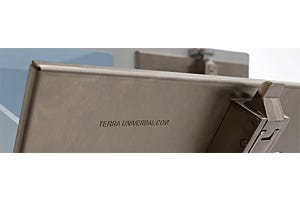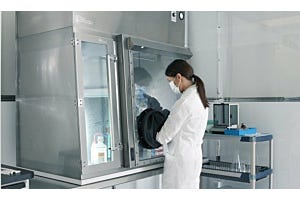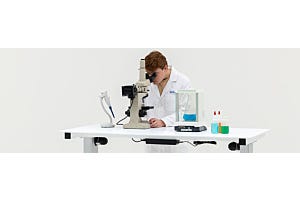The last thing you need is your lab equipment rusting out on you. When considering your specific application needs for new stainless steel equipment, a recurring question in the market remains—what’s the difference between 304 and 316? When should you consider 316? In scenarios demanding the utmost vigilance, you may discover you require 316L stainless steel.
304 Stainless steel is composed of 18% chromium and 8% nickel. 316 Stainless steel is made up of chromium and nickel at 16% and 10% respectively, but also includes molybdenum—a silvery-white metal that’s highly resistant to corrosion.
316L Stainless steel contains the same corrosion-resistant materials as 316, but includes the added benefit of a lower carbon content—eliminating the opportunity for excessive metallic contamination and making cracking less likely. Both 316 and 316L are able to withstand chlorides and chlorinated solutions, such as Spor-Klenz® and Isopropyl Acetate.



